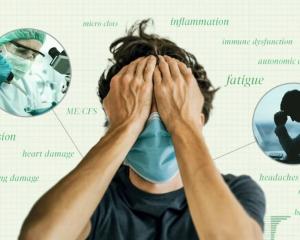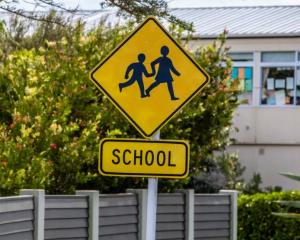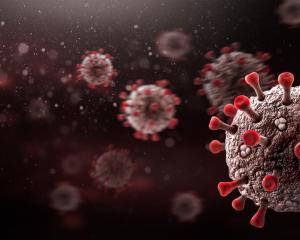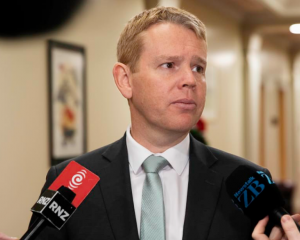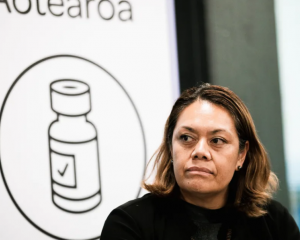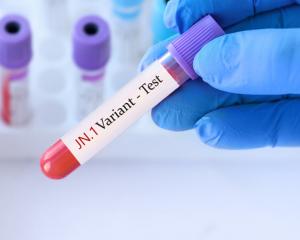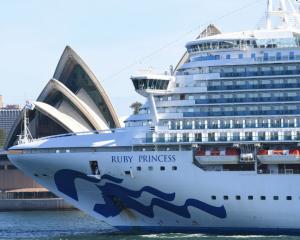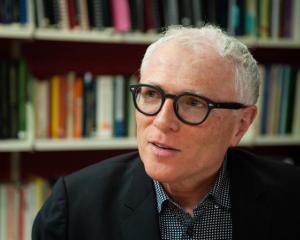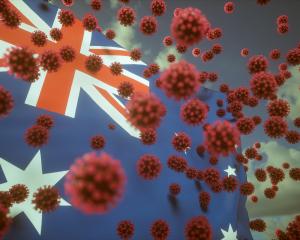
His family is staying at least 2m away and his workmates are now managing his unexpected absence.
It’s a scene that will have played out in thousands of family homes and workplaces after New Zealand Prime Minister Jacinda Ardern announced all people entering the country will have to self-isolate, in an attempt to prevent the spread of the coronavirus, COVID-19.
Murray plans to follow the rules set out by the Ministry of Health and says others who find themselves in the same situation need to do the same. He is disappointed the holiday he planned a year ago with his son Daniel did not pan out as expected, but says preventing community spread of the disease is more important.
Murray, a big motor racing fan, had been looking forward to the trip. He woke up Friday morning in Melbourne to the news one of the McLaren team members had tested positive for the virus; the event was canned later that day.
He was among hundreds of thousands of motor racing fans that had headed to Melbourne for the opening event of the Grand Prix. The border controls for self-isolation came as a shock.
He headed online to find out more information and investigated changing his flight to make it back before the new restrictions kicked in. He and Daniel decided eventually to return on their booked flights on Tuesday night.
The pair took a river cruise on the Yarra and visited the Melbourne Museum; other motor racing fans stayed in the city and also tried to fill in their days.
But by Monday, tourist attractions were closing down. Victoria declared a state of emergency later that day.
Murray said many people wore masks as they moved around the city.
He carried hand sanitiser and used it after touching door handles and other public surfaces. "I was touching the escalator buttons with my jacket and being a bit paranoid, but life had to carry on."
He was pleased to be home.
Working from home may be possible, but Murray is planning how to spend his days in self-isolation. He is well and has no symptoms of the virus.
New Zealand director-general of health Dr Ashley Bloomfield said self-isolation was a "high trust arrangement" but he had great confidence Kiwis would act collectively for the public good.
Self-isolation was a proven and effective way to keep communities healthy and safe and stop the spread of COVID-19, he said.
"It means taking simple, commonsense steps to avoid close contact with other people as much as possible. You can go outside, but you need to limit your contact with others."
Close contact is considered face-to-face contact closer than two metres for more than 15 minutes.
He said people could go for a bike, or a walk or a run, but on their own, and avoid close contact with anyone.
"You can live with others during your 14 days, but you need to avoid close contact with them."
People who developed symptoms, including fever, a cough or shortness of breath, should contact their GP and follow instructions.
The COVID-19 Healthline number is 0800 358 5453.



